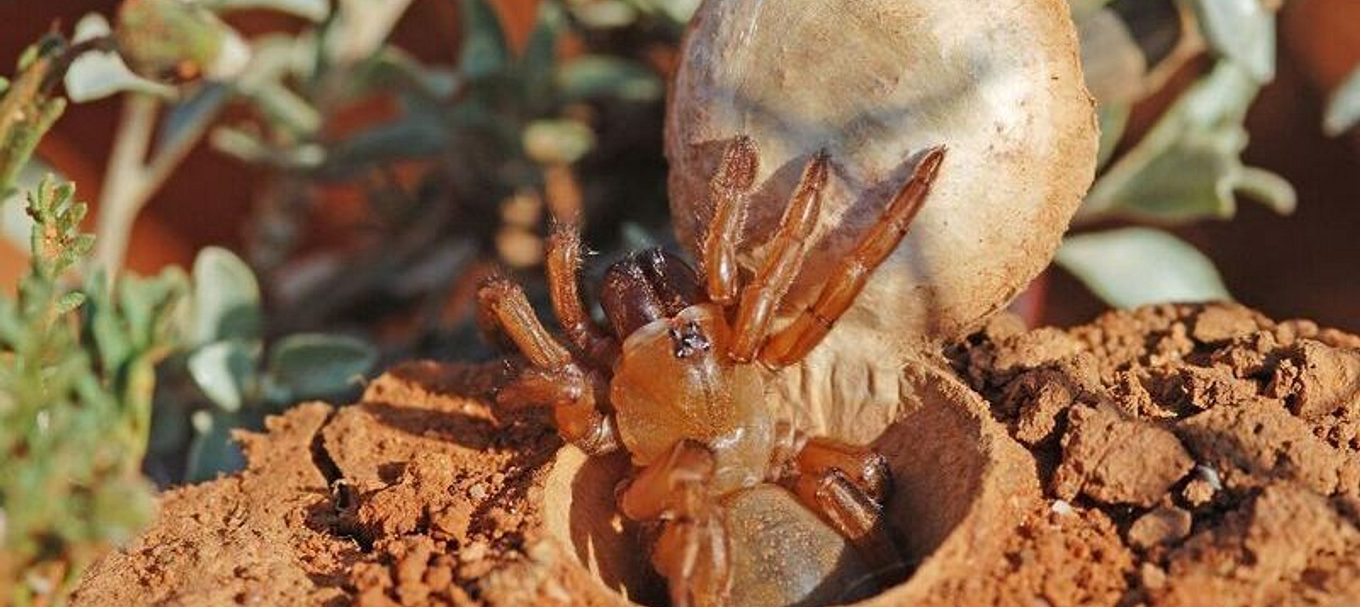
8 tips to peacefully co-exist with spiders.
It’s unfortunate, but spiders are sometimes given a bad rap. This reputation has inflated their relative risk, leading to unnecessary phobias and needless pesticide use.
People who are more informed about spiders and who appreciate their role in the environment may be less stressed by an encounter because they know when something is a real threat and know how to manage it.
So let’s help reduce some of the fear-factor. Here’s the truth about spiders.
Can a spider kill a human?
It’s worth mentioning that there have been no confirmed deaths from a spider bite in Australia in more than 40 years since the introduction of antivenom.
Out of thousands of spiders, the vast majority of Australian spiders are harmless and there are only just a few ‘medically significant’ spiders whose bites can be severe if left untreated (and yes, both of these are found in SA!):
- Funnel web spider: bites are rare, but can be potentially life threatening if left untreated.
- Red-back spider: bites are not life-threatening but can result in severe pain.
More recently, emerging evidence shows that white tip spider bites are not considered as dangerous as once suggested.
Are spiders beneficial for our environment?
Yes they are. South Australia is home to thousands of species of spiders in many shapes, sizes and colours, and they all play a crucial role in our ecosystem.
Spiders are a great form of natural pest control and help to manage insect populations, including mosquitoes, cockroaches and flying termites.
Do spiders want to bite humans?
Generally, spiders want to avoid humans and will only bite as a defense mechanism if they are provoked.
Many are extraordinary at hiding or camouflaging themselves because they don’t want to be seen.
What to do if you see a spider
Depending on the type of spider, it’s best to try to leave it alone or relocate it away from where you are, or outside of the house.
Avoid using pesticides around the house and garden to kill spiders, as this harms species conservation and may actually risk exposing other insects and animals to avoidable toxins.
If we can learn to peacefully co-exist with our eight-legged spider friends, our houses and gardens will be better for it.
8 tips to peacefully co-exist with spiders
- All spiders should be treated with caution and admired from afar – no touching!
- Garden with close-toed shoes and gardening gloves to prevent interfering with a spider or a spider burrow with bare feet and hands.
- Make sure children know not to touch spiders and to immediately tell an adult if they see a big blackish one.
- Do not stick fingers down spider holes, as Adelaide is home to trapdoors, funnel webs and mouse spiders.
- Don't go out at night without shoes and a torch.
- Don’t leave items like shoes or clothes outside.
- Check inside and under items that are left on the ground or against walls (including outdoor furniture).
- Don't put fingers anywhere you can't see them when picking up objects outside (like under the rim of a planter).
How to relocate a spider
A great way to safely relocate unwanted spidery house guests is to place a container, such as a jar, over the spider and slide a piece of paper or cardboard underneath.
Be careful not to touch the spider. You could wear gardening gloves to make sure you’re extra safe.
What to do if you think you’ve been bitten by a spider
If you think you may have been bitten by a spider, try to safely catch or photograph the spider for identification if you can.
Seek medical attention if you think you have been bitten by a venomous spider (especially if it’s big and black or a red back), and to prevent infection.
For more on spider bite First-aid, visit Healthdirect.
Want to learn more about spiders?
If you are interested in learning more about spiders and identifying the ones in your backyard, visit The Australian Museum website (but remember to look and not touch!).
If you liked this article, then you might like 5 insects to look for in your own backyard and What to do if you see a snake in the wild.
Main image: Trapdoor spider, Blakistonia sp., from Olary. Photo: Nick Birks, Wildflight Australia Photography.





